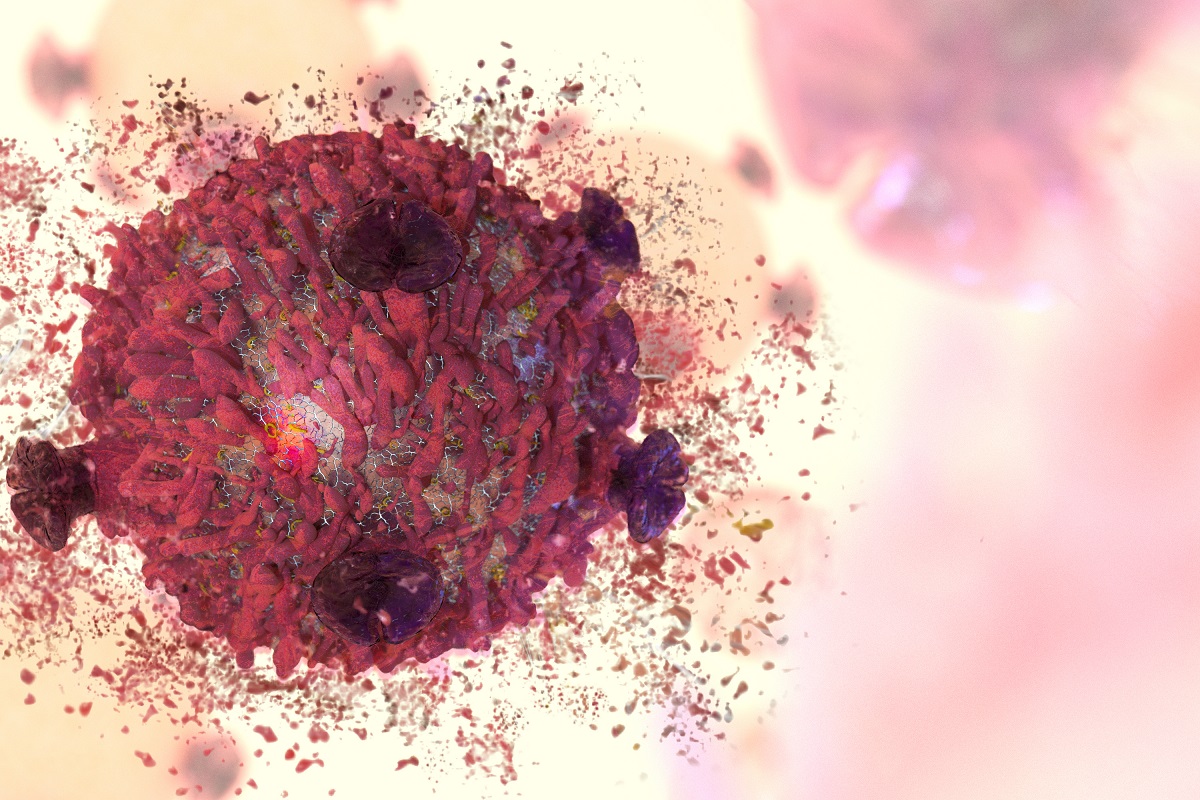KEY TAKEAWAYS
- The study aimed to investigate the prognostic significance of circRNAs in lung cancer, particularly in NSCLC.
- Researchers identified circRNAs as key prognostic biomarkers in lung cancer, particularly NSCLC.
Lung cancer remains 1 of the most significant contributors to cancer-related mortality globally. Among the various histological types, non-small cell lung cancer (NSCLC) represents the majority, accounting for over 80% of cases. Circular RNAs (circRNAs), which are extensively expressed across different cancer types, including lung cancer, have been increasingly recognized for their role in tumorigenesis and cancer progression.
Sanabil Ahsan and the team aimed to systematically evaluate the prognostic significance of circRNAs in lung cancer, with a particular focus on their impact on NSCLC outcomes.
They performed an inclusive analysis by conducting a systematic literature search across PubMed, Embase, and MEDLINE databases. They selected eligible studies that reported the association between circRNA expression and overall survival (OS) or disease-free survival (DFS) in histopathologically diagnosed lung cancer patients. The pooled hazard ratio (HR) and 95% confidence interval (CI) were calculated to evaluate the prognostic significance of circRNAs in these patients.
About 43 studies were deemed eligible for this meta-analysis (MA). Among these, 39 different types of circRNAs were identified: 28 exhibited upregulating action, while 11 showed downregulating action in lung cancer. High expression of circRNAs with upregulating action in lung cancer was linked to a worse prognosis and poor OS (HR 1.93, 95% CI [1.61-2.33], P < 0.00001).
Conversely, high expression of circRNAs with downregulating action was associated with a favorable OS and prognosis (HR 0.73, 95% CI [0.58-0.94], P = 0.01). However, no statistically significant association was observed between high and low expression of both upregulating and downregulating circRNAs and DFS (HR 1.44, 95% CI [0.92-2.24], p = 0.11).
The study concluded that circRNAs play a crucial role as prognostic biomarkers for lung cancer, particularly for NSCLC. High expression of upregulating circRNAs correlates with a poor prognosis, while high expression of downregulating circRNAs is linked to a favorable prognosis. Thus, targeting downregulating circRNAs may offer a promising therapeutic strategy for managing lung cancer, especially NSCLC.
This study was funded by the IMU University, Kuala Lumpur, Malaysia (Project ID: BMS I/2022(04).
Source: https://pubmed.ncbi.nlm.nih.gov/39123167/
Ahsan S, Win TT, Aye SN, et al. (2024). The role of circular RNAs (circRNAs) as a prognostic factor in lung cancer: a meta-analysis. BMC Cancer. 2024 Aug 9;24(1):988. doi: 10.1186/s12885-024-12704-w. PMID: 39123167; PMCID: PMC11316314.



